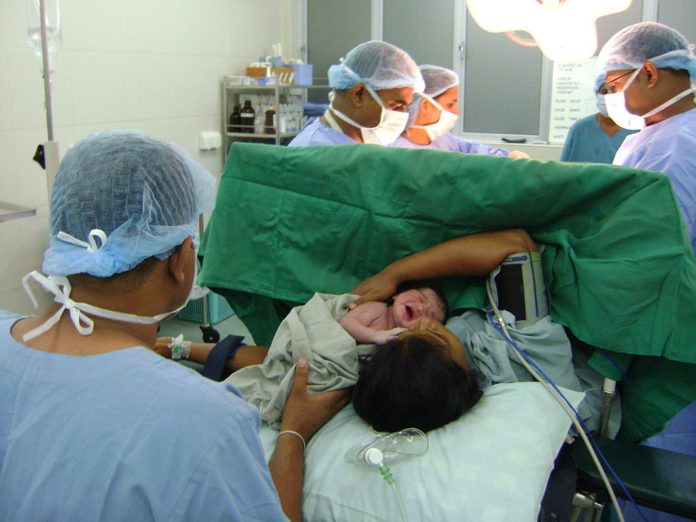
The drivers of increase in C-sec births in India are poorly understood, say French researchers who looked at the latest government data
Are Indian women giving birth far more through surgical means (caesarean sections) that is medically warranted?
Yes, feel researchers from France, who in an article in JAMA Network Open have sounded alarm bells on India’s rising C-sec graph. The researchers analysed data from the National Family Health Survey 4 and reached the conclusion: “The proportion of births delivered by cesarean delivery has increased especially fast during the last decade in India, reaching 17.2% in 2010 to 2016 according to the NFHS-4 survey. This level is already higher than that observed in some industrialized countries in Europe such as the Netherlands or Finland. The emerging situation also points to significant regional and sex disparities, with a substantial deficit of cesarean deliveries among underprivileged groups and almost 2 million excess cesarean births every year among more advanced sections of the population.”
““Caesarean birth is associated with short- and long-term risks that can extend many years beyond the current delivery and affect the health of the woman, the child and future pregnancies. These risks are higher in women with limited access to comprehensive obstetric care.”
The researchers said that India’s current cesarean rate corresponds to an estimated 4.38 million births per year (95% CI, 4.34-4.41 million) delivered by cesarean delivery in 2010 to 2016. The change during the last decade corresponds to an annual rate of increase in cesarean deliveries in India of 7%, almost twice the rate observed in the world. However the two states with the most births by C-Secs -Andhra Pradesh and Telangana, do not have a correspondingly significant dip in maternal and infant mortality rates.
World health Organisation defines C-secs as: “a surgical procedure that, when undertaken for medical reasons, can save the life of a woman and her baby.” It is widely accepted that Csecs can save lives but WHO has always sounded a note of caution when it comes to surgical births.
“Caesarean birth is associated with short- and long-term risks that can extend many years beyond the current delivery and affect the health of the woman, the child and future pregnancies. These risks are higher in women with limited access to comprehensive obstetric care. Caesarean sections are also costly, and high rates of unnecessary caesarean sections can therefore pull resources away from other essential health services, particularly in overloaded and weak health systems.”













